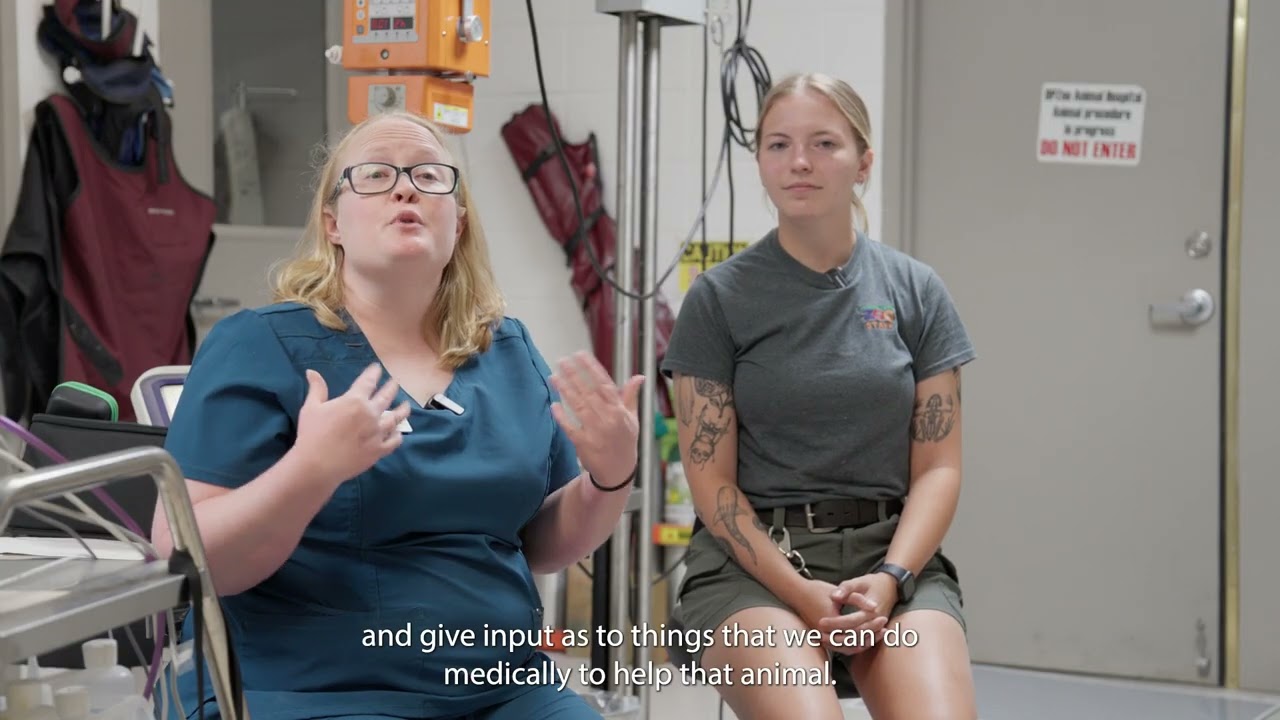- The fundamental roles and responsibilities of zoo veterinarians in ensuring the health and well-being of exotic animals.
- The challenges and complexities associated with diagnosing and treating a wide variety of species with distinct biological needs.
- The importance of conservation efforts in zoo veterinary medicine and how veterinarians contribute to wildlife preservation.
- Essential equipment and techniques used in zoo veterinary practices to care for diverse animal populations.
- Collaboration between veterinarians and other zoo professionals to enhance animal care and conduct research.
Zoo veterinary medicine is a specialized field that requires an intricate understanding of numerous animal species, each with its unique physiological and behavioral characteristics. Zoo veterinarians play a crucial role in maintaining the health of exotic animals, which encompasses a vast array of species including mammals, birds, reptiles, amphibians, and even fish. Their work not only involves medical treatments but also preventive care and health management to provide a safe and conducive habitat for the animals. This responsibility demands a broad knowledge base and adaptability to various health situations.
One of the core responsibilities of zoo veterinarians is to perform regular health assessments and medical examinations on the animals. They are required to understand species-specific health indicators to diagnose ailments accurately. Zoo veterinarians must assess everything from dental health and weight to skin condition and mobility. They use these examinations to detect early signs of illness or injury, enabling prompt and effective intervention. Nutrition is another critical aspect of animal health that zoo veterinarians oversee. Diets must be meticulously planned to replicate the animal’s natural dietary needs as closely as possible, ensuring optimal health and longevity.
Zoo veterinarians face unique challenges when diagnosing and treating diseases in exotic animals. Unlike typical domestic pets or livestock, exotic animals often display illness symptoms in ways that are not immediately apparent. This subtlety requires veterinarians to have a deep understanding of behavioral cues that might indicate distress. Furthermore, the wide range of species in a zoo means an equally wide range of potential illnesses and health issues. Each species has distinct medical needs, medical histories, and environmental stressors that must be considered. In many cases, zoo veterinarians collaborate with specialists such as herpetologists, ornithologists, and mammalogists to develop effective treatment plans.
Another significant aspect of zoo veterinary medicine is the implementation of comprehensive conservation programs. Zoo veterinarians engage in conservation efforts through breeding programs, genetic research, and habitat preservation. They work to ensure that genetically viable populations are maintained in captivity while supporting efforts to reintroduce animals into their natural environments where possible. Additionally, their work often involves monitoring and managing the health of wild populations that are part of conservation projects. These efforts are essential for preserving biodiversity and protecting endangered species from extinction.
Advanced technology and equipment significantly enhance the capabilities of zoo veterinary medicine. Diagnostic imaging tools such as X-rays, MRIs, and ultrasounds are crucial for non-invasive internal examinations. Anesthesia machines, surgical instruments, and laboratory equipment are integral parts of a zoo veterinarian’s toolkit. These tools allow for thorough investigations into health issues and effective medical interventions. Furthermore, the advancement of laboratory techniques enables accurate genetic and microbial studies that can help pinpoint disease origins and potential vaccination methods.
Effective zoo veterinary care also relies heavily on collaboration between veterinarians and other zoo professionals. Animal keepers, nutritionists, and behaviorists play vital roles in the monitoring and daily care of the animals. Zoo veterinarians often work alongside these specialists to develop comprehensive care plans that consider all aspects of an animal’s existence in captivity. This collaboration extends to research initiatives that aim to improve zoo management practices and enhance the well-being of zoo animals. Research in areas such as animal cognition, stress reduction, and enrichment programs helps create environments where animals can thrive both physically and mentally.
Zoo veterinarians are also educators within the community, raising awareness about wildlife conservation and the intricacies of zoological medicine. They contribute valuable knowledge to both scientific communities and the general public through workshops, publications, and educational programs. This outreach plays a crucial role in fostering a connection between humans and wildlife, promoting a culture of respect and care for all living creatures.
As advancements in veterinary science continue and our understanding of wildlife health deepens, zoo veterinary medicine will undoubtedly evolve. However, the fundamental pillars of this field—ensuring the health of diverse species, supporting conservation efforts, using advanced technology, and fostering collaboration across disciplines—will remain constant. The commitment of zoo veterinarians to protect and preserve exotic animals is vital not only for the animals they care for but also for the ecosystems these animals represent. Through diligent and innovative medical care, zoo veterinarians help ensure that future generations can continue to marvel at the diversity and beauty of wildlife.
*****
Source Description
Meet Dickerson Park Zoo head veterinarian Dr Steph, and learn more about zoo medicine and quality of life plans.


